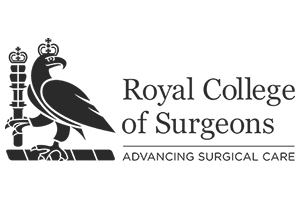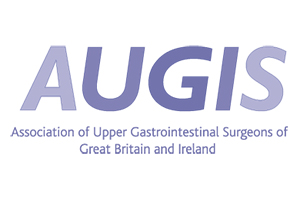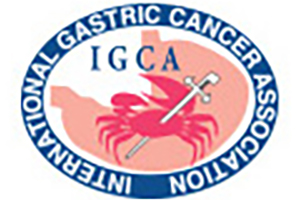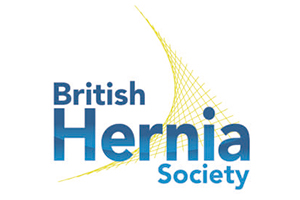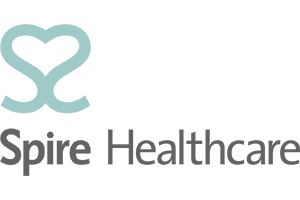Heller’s myotomy is a laparoscopic (minimally invasive) surgical procedure used to treat achalasia, a disorder of the oesophagus that makes it hard for foods and liquids to pass into the stomach. Heller’s myotomy is essentially an oesophagomyotomy, the cutting the oesophageal sphincter muscle, performed laparoscopically.
The operation’s success rate is very high and usually permanent, however as with every surgical procedure, a small number of patients may need additional treatment.
In the procedure, several tiny incisions are made and a small scope inserted, through which miniature surgical instruments are passed. The scope is connected to a video camera which then sends a magnified image to a monitor, allowing the surgeon to view the anatomy and manipulate the instruments..
The myotomy is a lengthwise cut along the oesophagus, starting above the LES and extending down onto the stomach a little way. The oesophagus is made of several layers, and the myotomy only cuts through the outside muscle layers which are squeezing it shut, leaving the inner mucosal layer intact. This procedure can also be performed robotically.
The advantages of laparoscopic versus open Heller’s myotomy include:
- Less post-operative pain
- A 1-2 day hospital stay vs. up to a week with a conventional open procedure
- Faster recovery from surgery
- A more rapid return to work and normal activities
There is a very small risk of making a hole in the gullet or stomach. Many patients can develop acid-reflux disease (or GERD) after a Heller’s myotomy. To avoid the development of the condition where contents of the stomach reflux (back up) into the oesophagus, a Nissen fundoplication is may be performed at the same time the oesophageal sphincter muscle is cut.
This procedure, also performed laparoscopically, involves wrapping the upper part of the stomach around the lower oesophegeal sphincter to strengthen it.


